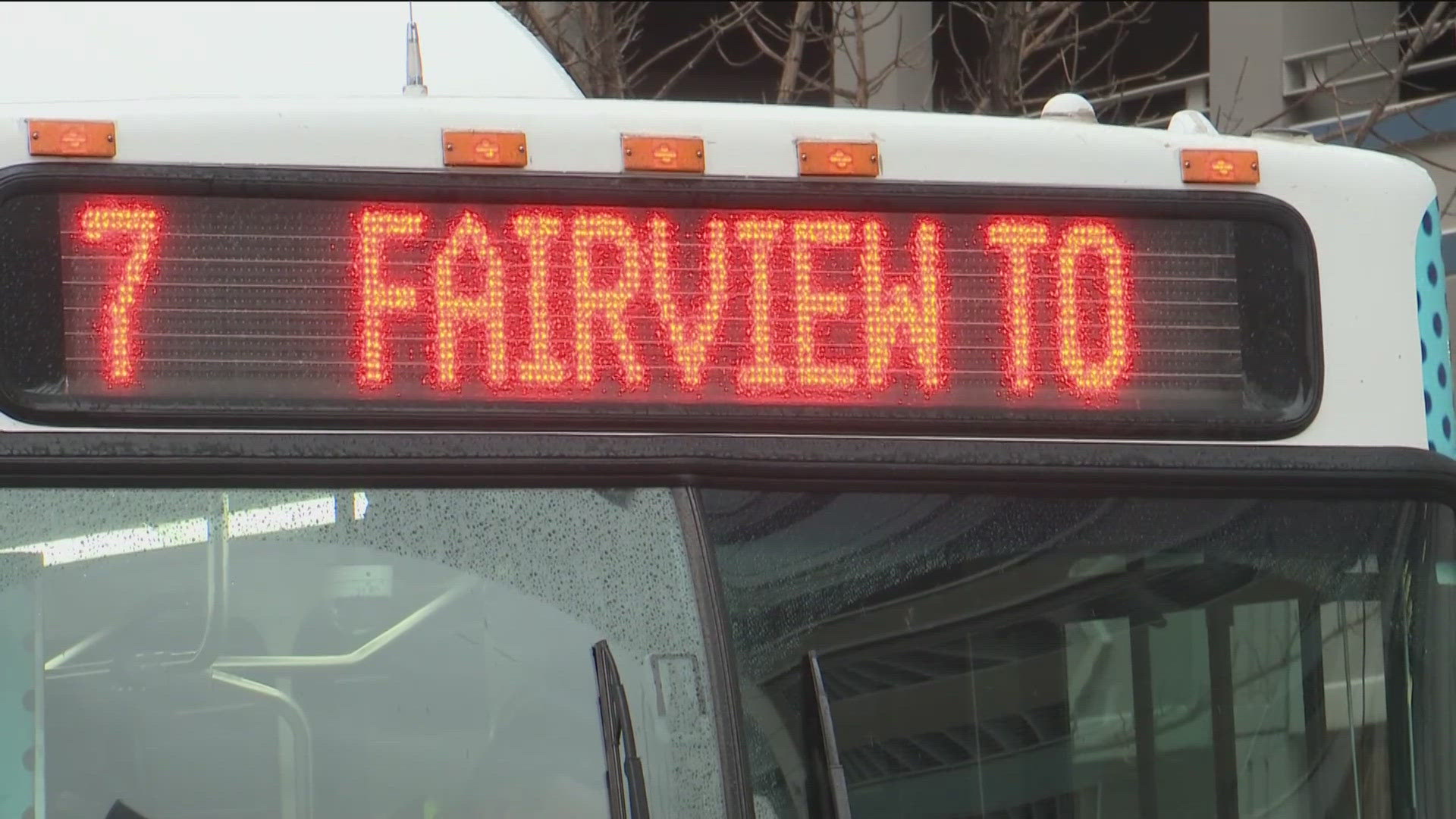BOISE, Idaho — Funding to stay sustainable and relevant is what Valley Regional Transit (VRT) is looking for as growth has forced the organization to elevate its community awareness.
More dense housing and sprawling developments forced route changes and more frequent stops for the Treasure Valley’s sole bus system.
Ridership for VRT bus system has increased since changes were put into place back in June 2024.
"We're beginning to see ridership increase anytime you do a major change like this. It's, you know, a little bit bumpy at first, but only four months in, we're already beginning to see ridership increase," said Elaine Clegg, Valley Regional Transit CEO.
One of the biggest hurdles VRT faces now, and in the future, is funding.
Idaho is the only state without a dedicated funding source for transit.
Clegg said the buses will be here, but how that system could look depends on if there is more money in the bank.
"We'll be entrepreneurial, we'll try to find other forms of funding, we'll try to do things that are the most efficient we can make them. But if we can't get more funding, we probably won't be able to provide the amount of service that this valley will need to respond to the amount of growth we've had," Clegg said.
As for now, VRT relies on its riders to tell them where to go and how often.
"The new frequent routes are as reliable as any transit we've ever had in this valley, and people are really responding to those 15 minute routes," Clegg said.
Another way VRT is keeping up with the growth is offering up extra hours of service for weekends through the holidays.
Check out Valley Regional Transit’s holiday travel offerings.
For general tickets, routes and more information check out the VRT site here.

